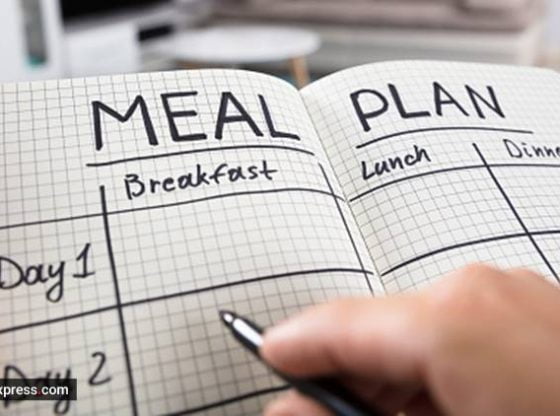
Among numerous other diet fads is one that advises eating meals with a specific ratio of protein, carbohydrates and fat, or what is known as the Zone diet.
The Zone diet is not new; it was developed almost three decades ago by biochemist Barry Sears, who published his book The Zone in 1995.
Known to reduce inflammation
Sears is known to have developed this diet after losing family members to early deaths from heart attacks, says Healthline in an article. He went on to develop a diet to reduce inflammation in the body–a cause of heart attack and strokes. Inflammation also leads to weight gain, while the Zone diet claims to help lose fat at the fastest rate possible, besides preventing spikes in insulin release and maintaining insulin sensitivity.
Read| Watch out for these diet types in 2020 to lose weight
Research, however, suggests a lack of scientific support for the connections made between diet, enocrinology and metabolism. “In fact, a review of the literature suggests that there are scientific contradictions in the Zone Diet hypothesis that cast unquestionable doubt on its potential efficacy,” notes a 2003 study published in the Journal of the American College of Nutrition.
How to follow the Zone diet
The ratio for the Zone diet is as follows: 40 per cent carbohydrates with low glycaemic index, 30 per cent protein and 30 per cent monounsaturated fat. It is designed to be followed for a lifetime and not just in specific phases.
Read| Have you heard of cookie diet? Here’s how it promotes weight loss
As per the diet, one should eat five times a day, with three meals and two snacks, with no more than five hours of gap between meals.
The hand plays an important role in this diet, whereby the size and thickness of the palm are used to measure protein while two big fists measure favourable carbohydrates and one fist unfavourable carbohydrates.
Read| Some diet fads around the world that made news
What foods you can eat
In a new book The Mediterranean Zone, Sears shows similarites in the foods consumed as part of the Zone and Mediterranean diets. This includes fish, chicken, tofu, soy porducts, egg whites, low-fat cheese, low-fat milk and yogurt for protein, and avocado, nuts, peanut butter and oils like sesame oil or olive oil for fats. Carbs include fruits such as berries, apples, oranges and plums, vegetables like spinach, tomato, mushroom and chickpea, and grains like oatmeal and barley.
High-sugar foods, processed foods, carbonated drinks should be avoided. Tea and coffee consumption should be kept to a minimum.
source: indianexpress
